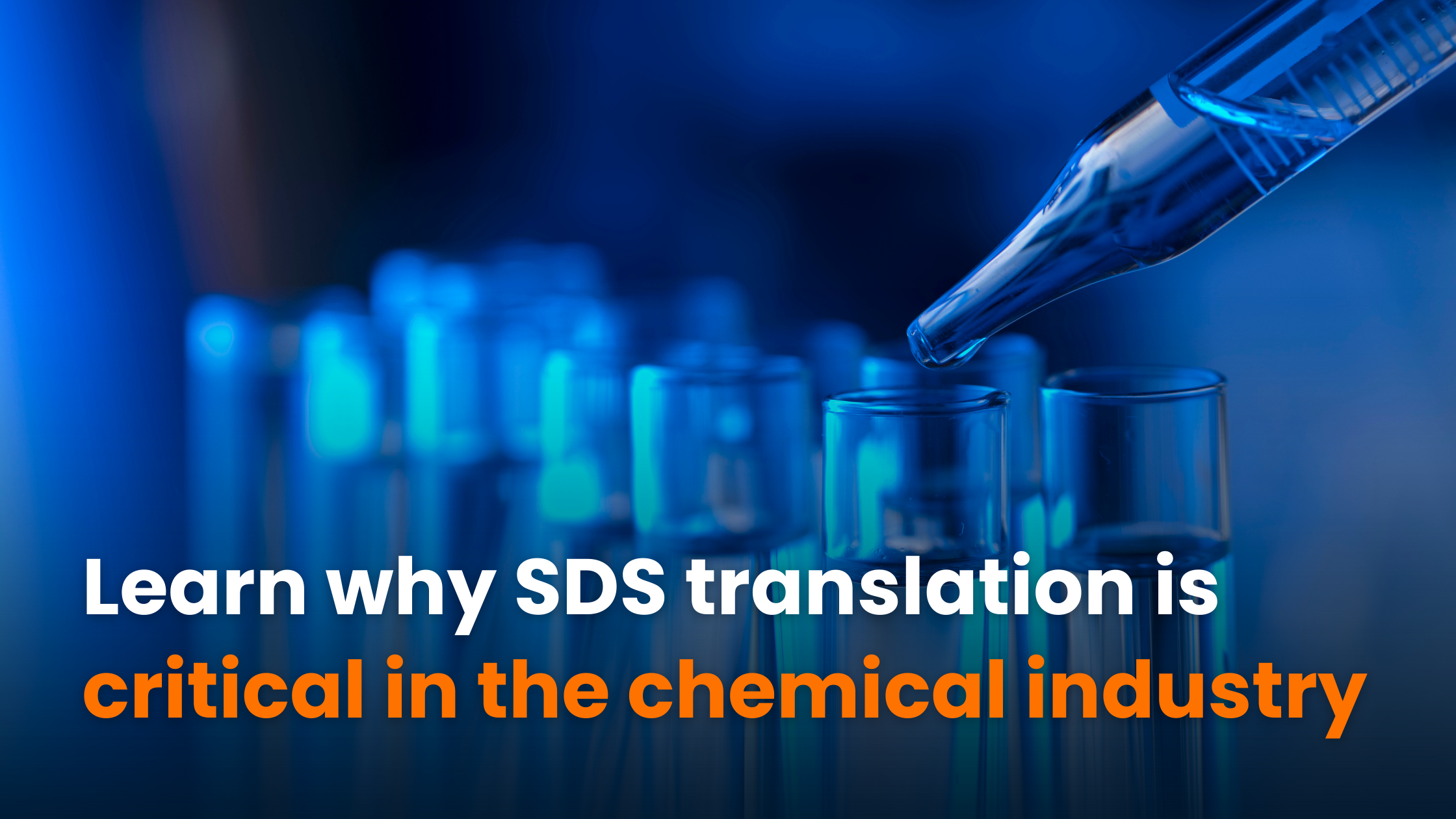Translating Safety Data Sheets (SDS) involves more than just converting words from one language to another. These documents are critical for the safe use, transport and storage of chemical substances. Even a minor typo, unclear phrase or inaccurate translation can pose serious risks to human health and safety.
In this article, we highlight the most common pitfalls in SDS translation and provide tips on how to avoid these mistakes.
1: Incorrect use of terminology
SDS translation requires strict adherence to official terminology defined by regulations and guidelines (such as the REACH Regulation and ECHA Guidelines). Even a slight deviation or mistranslation of a technical term can result in dangerous misunderstandings.
Tips for correct terminology:
- Refer to officially approved terminology lists and glossaries.
- Have chemical experts translate critical terms.
- Ensure the same terminology is applied consistently throughout the document.
2: Inaccurate translation of hazard and precautionary statements
Accurate translation of hazard and precautionary statements is essential. A single incorrect word or typo can be misleading and may even have legal consequences.
Tips for accurate translation:
- Always verify expressions according to the relevant regulations and official guidelines.
- Use a glossary for commonly used terms.
- Involve a professional translation agency.
3: Reliance on internal staff
Many companies assign SDS translations to internal employees. While this may seem cost-effective, it is both risky and inefficient:
- Employees are diverted from their primary tasks.
- They typically do not have access to professional translation tools that ensure consistency and correct terminology.
- Repetitive sections often get translated manually, increasing the chance of errors.
- Professional agencies handle repetitions efficiently, maintain full consistency and can often reduce costs through translation memory discounts.
Tip: Always rely on a specialised translation agency instead of internal staff to save time, ensure accuracy and minimise risks.
4: Inconsistent language on labels and packaging
If labels, symbols and packaging information are inconsistent, users may misinterpret handling instructions.
Tips for consistent language:
- Follow the labelling regulations of the target country.
- Maintain consistent style and terminology throughout the document.
Conclusion
Accurate SDS translation is critical for safety and regulatory compliance. Even a small error can have serious consequences, so working with professional translators experienced in the chemical industry is highly recommended.
Don’t let a mistranslation create risks! Accurate translation is not only a legal and regulatory requirement but also the foundation of worker safety.

